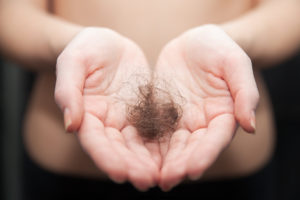 Let us start with the pertinent numbers: by the time they reach the age of 40, hair loss will be visible in at least 40% of women; those who are commonly afflicted have ages between 25 and 35; and one in four women who suffer from genetics-triggered hair loss will need intervention to grow their hair back.
Let us start with the pertinent numbers: by the time they reach the age of 40, hair loss will be visible in at least 40% of women; those who are commonly afflicted have ages between 25 and 35; and one in four women who suffer from genetics-triggered hair loss will need intervention to grow their hair back.
If you are a woman, these distressing facts will make you want to pull your hair out, but that will be counterproductive. Instead, learn more about Female Pattern Hair Loss (FPHL) and how you can address it.
Causes of hair loss among females
Hair loss in women normally manifests this way: hair on the crown or top of the scalp thins, while the hairline generally remains unaffected except for the usual recession. Aside from habitual stress and headaches, these are the other causes of the hair loss condition: ageing, menopause and genetics.
This trifecta of triggers drastic changes your bodily components and hair loss is just one of its manifestations. Other causes you can look into include poor nutrition and extreme dieting.
Hair Loss Treatment
If you think your scalp is going all FPHL on you, do not fret. Several treatments are available, and it is only a matter of choosing the right one for you.
Over the counter medication. The Food and Drug Administration (FDA) has approved the use of a topical treatment called minoxidil to stop or, at least, slow down, FPHL.
Hair transplant. This procedure has been around since the 50s. With its decades of existence, you can rest assured that the technology used for this surgery has reached top-notch quality.
Regarding prices, services differ depending on location; hair loss transplant in London, for instance, can be relatively cheaper than that offered in glitzy LA.
Thinning hair, whether in men or women, can trigger other conditions such as depression. If you suffer from hair loss, reach out to your friends and loved ones, and surround yourself with a strong support system. A little help goes a long way.

